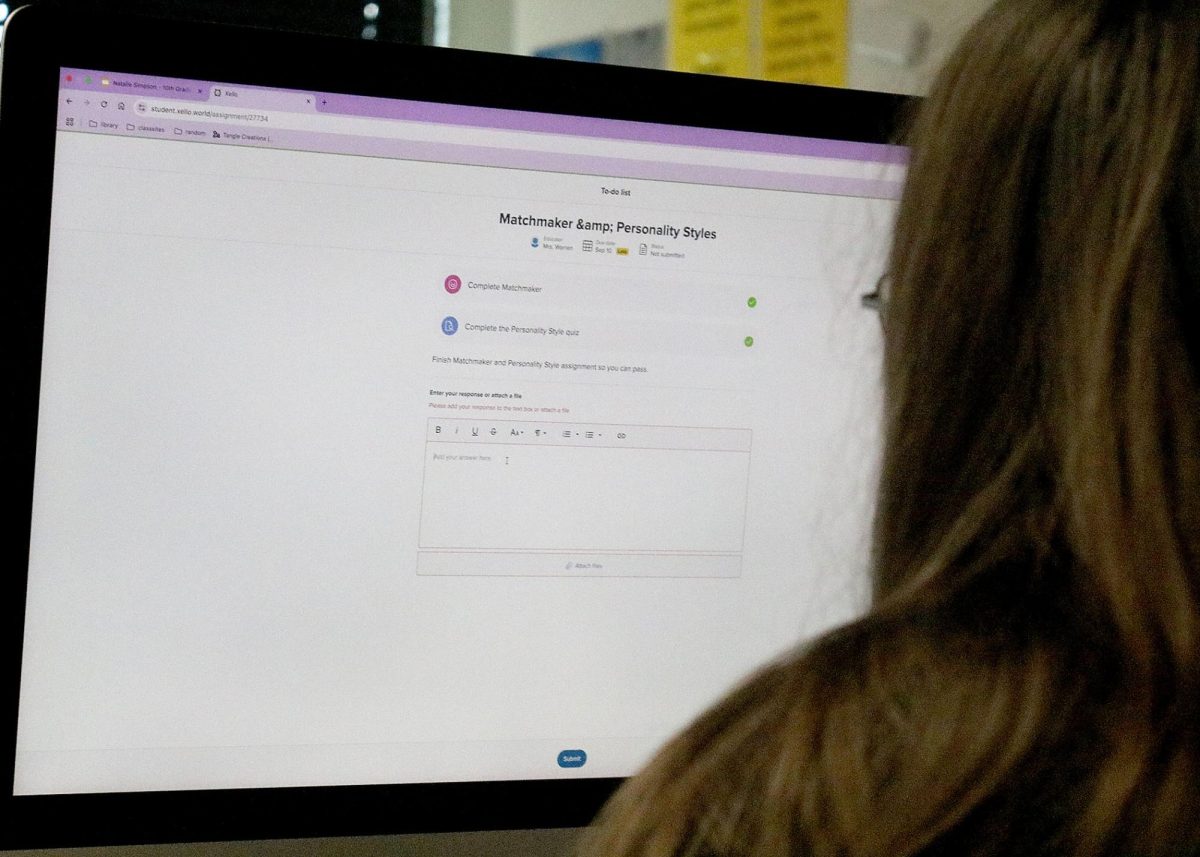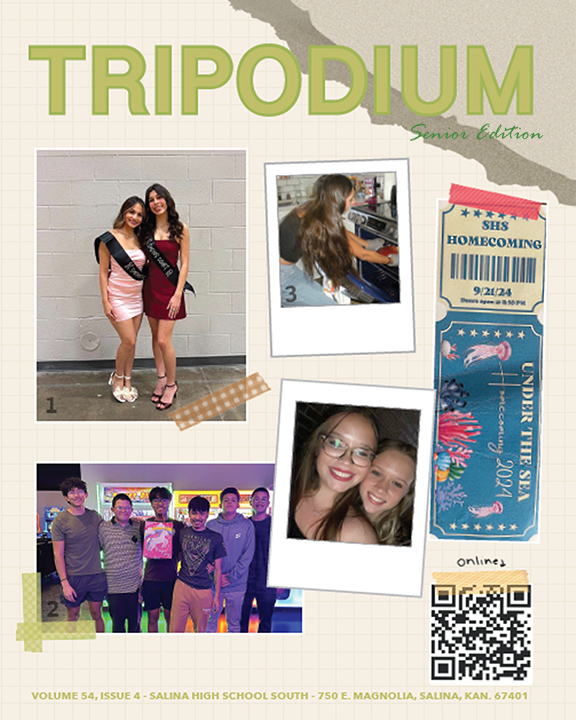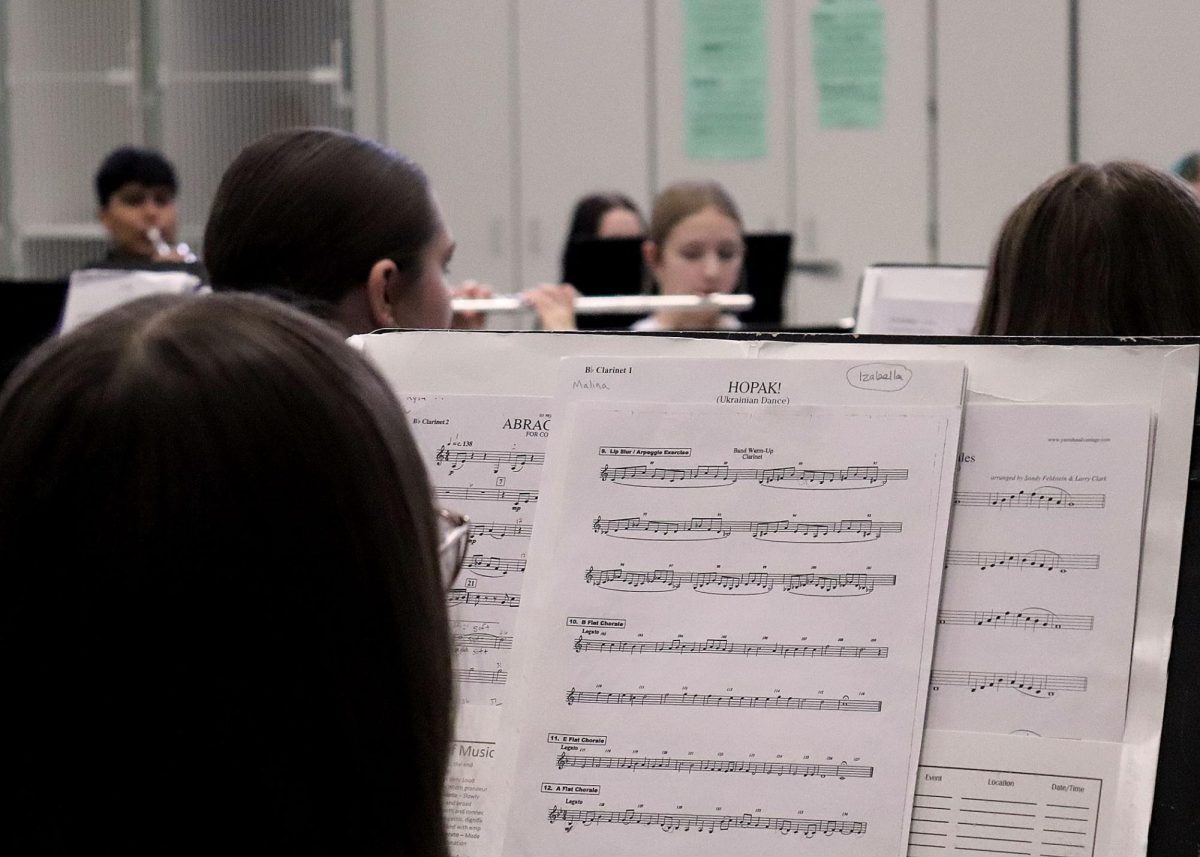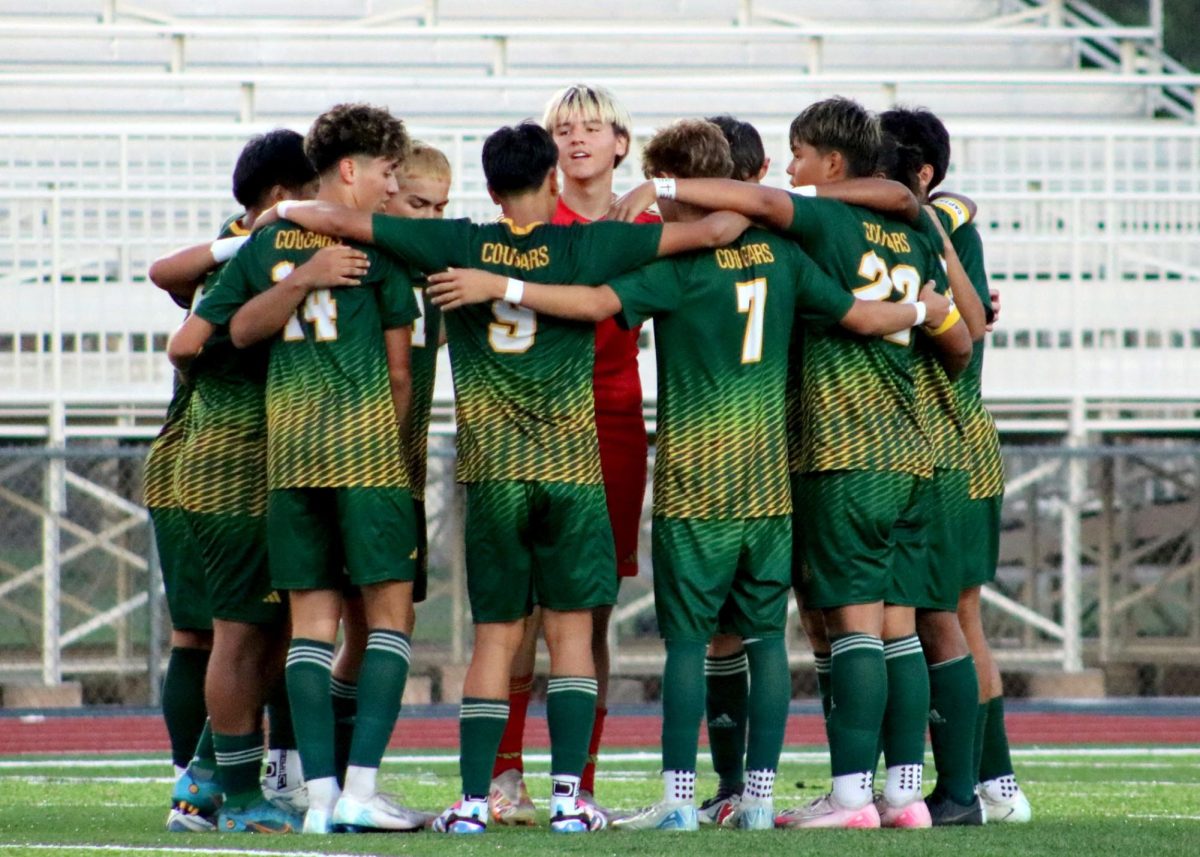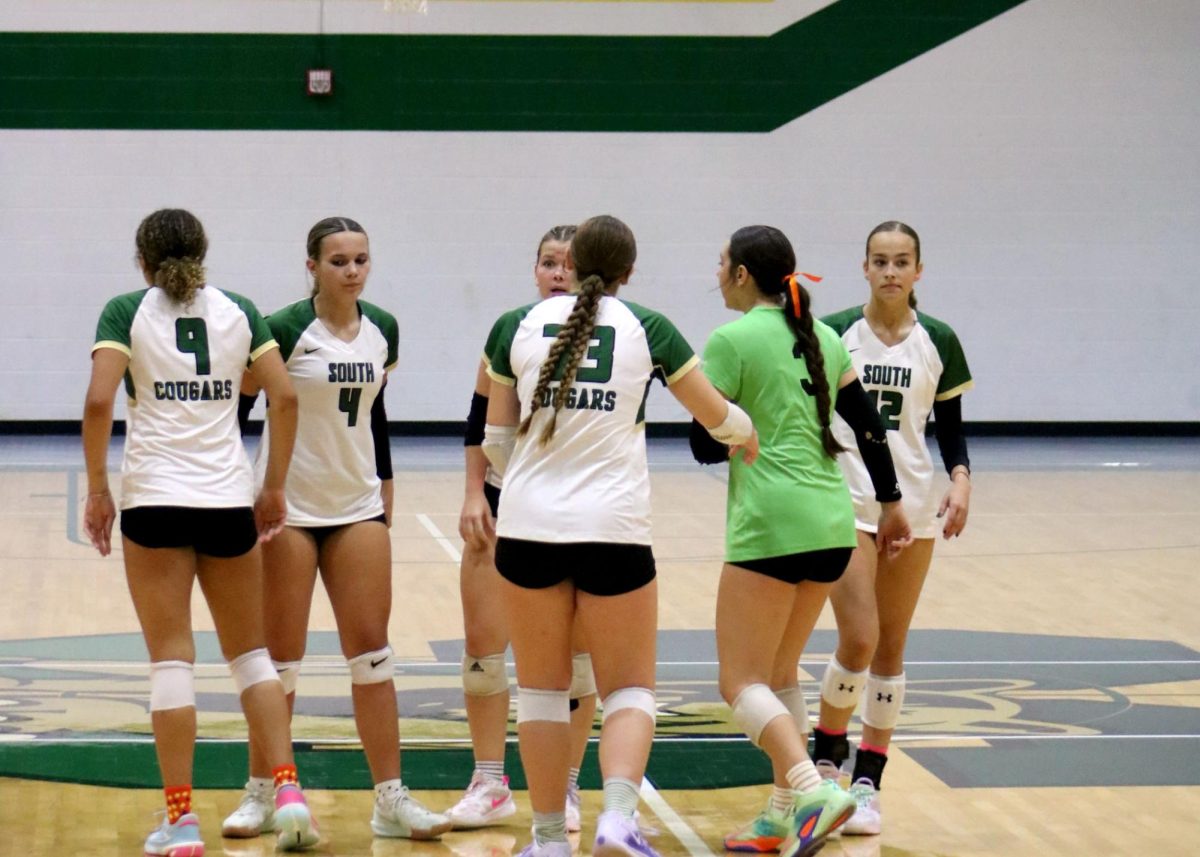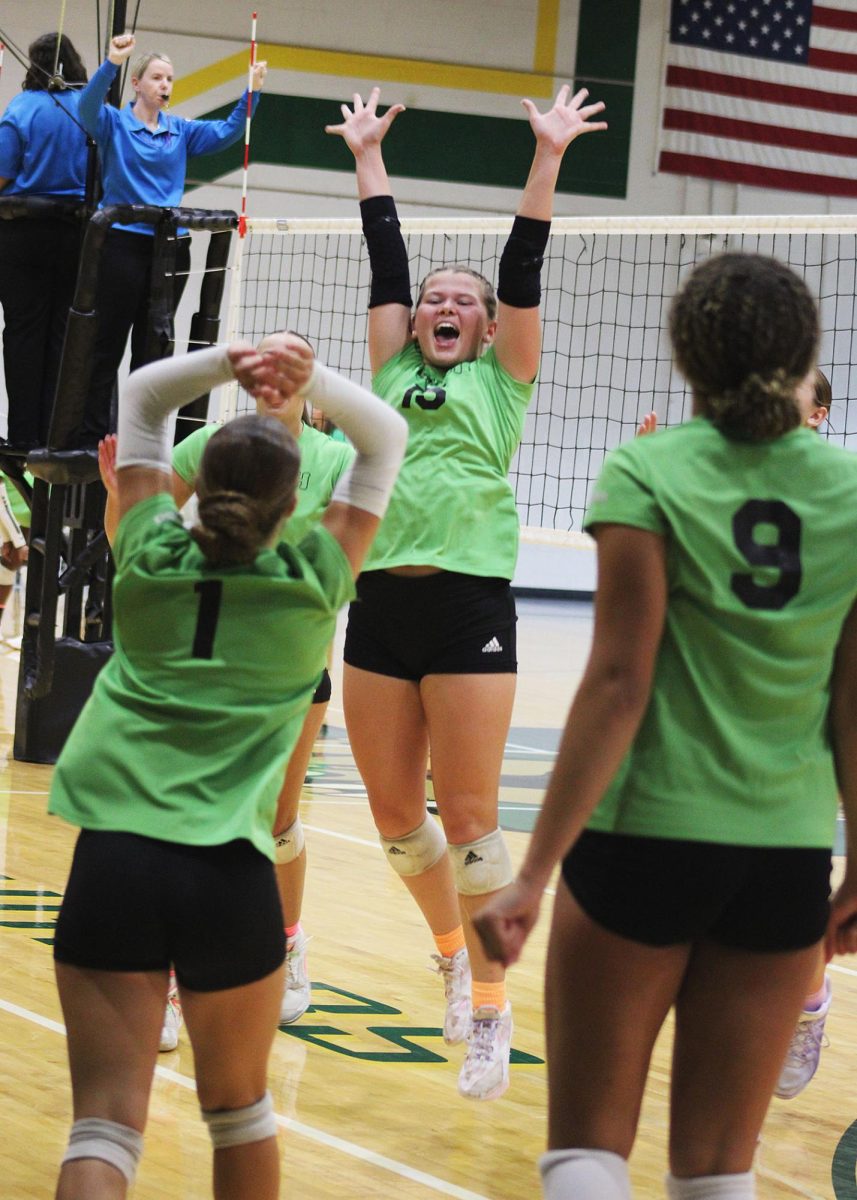Senior year looks different for everyone. For some people it is a breeze to go through and for others it can be pretty rough. However, one struggle that is universal for seniors is figuring out what to do after high school.
Preparing for college as a senior can prove difficult, as there is a lot that goes into the process, such as college planning, finding out where to go to college, applying for scholarships, figuring out financial aid or the choice of just going to the workforce.
When it comes to finding a school, there are plenty of options, including a 4-year university, 2-year community college and a trade/vocational school. The hard part is making the choice of where to go and then putting forth a plan to get accepted.
Typically, 4-year universities are the most expensive, especially out of state universities. This is because tuition for out-of-state students is doubled the price for those in-state.
A cheaper alternative is a 2-year community college. These colleges are usually closer to home, and half the price of a 4-year college.
Another option for school is going to a trade/vocational school. In a trade/vocational school, training is provided to learn technical skills in order for people to earn a license instead of a degree, like with a university or community college. Before deciding where to go to school, really think about what career feels right and think about what degree will suit that career.
A big part of college planning for a majority of students is trying to find ways to attend college for cheaper. Applying for scholarships and receiving financial aid is the best way to go about this. Student loans are an option, but there is a high chance of going into student debt when too many are taken out.
Aside from that, scholarships are great because they do not have to be paid back, and there are scholarships for everything. But, some scholarships require more information than others, like an essay, a student’s GPA and personal information. Applying to scholarships is worth it, even the smaller ones, because the money will stack up.
Another effective way to attend college for cheaper is applying for FAFSA, the Free Application for Federal Student Aid. Students can apply for FAFSA every year that they are attending the college of their choice. Many colleges, universities and states have websites set up where students can easily apply for the FAFSA, either by themselves or with their parents’ help.
Besides paying for college with scholarships, financial aid, or student loans, a crucial step is saving up money now. The more money students save now the better. On September 11, 2024, South High hosted a Financial Aid Night and on September 12, 2024, the school held a Scholarship Bootcamp.
On Financial Aid Night Cindy Newell, a representative from K-State Salina, came down to discuss financial aid resources, provided updates on FAFSA, and answered questions on financing post-high secondary education. In order to complete the FAFSA, students will need a set of information. This includes a Studentaid.gov ID and password, contributor information (the student’s name, Social Security Number, Date of Birth, and email), a 2023 federal tax return, child support received (if applicable), asset information, for example business/farm net worth, investments, rental properties, savings/checkings, and CDs, and finally a list of schools. Some changes with the FAFSA this year include the EFC renamed SAI, Student Aid Index, the IRS DRT changed to Direct Data Exchange, any child support received will be moved from untaxed income to asset, small business and family farms will provide net worth in asset section, it will no longer use number in college SAI calculation, and the FAFSA will open December 2024.
On Scholarship night representatives from the Greater Salina Community Foundation, GSCF, came down to discuss their “Scholarship Bootcamp,” which included looking for scholarship resources, how to write resumes, and how to get a good start on the scholarship process. During GSCF’s presentation, the representatives mentioned local scholarship resources like the Greater Salina Community Foundation and local high school websites, as well as provided several scholarship search engines. The group mentioned that on November 1, 2024, an eligibility assessment will open up that allows students to find certain scholarships that they qualify for. The presentation that GSCF also had tips for interviewing, which can be helpful to students outside of the scholarship process. Moreover, many tips were given about how to write a scholarship essay, what information to include, and how to make a scholarship essay stand out. Access to the slideshow and more information is available using the link provided. https://resources.finalsite.net/images/v1726186385/usd305com/hdsnnkv0erdszesyptu6/ScholarshipBootcamp.pdf
Going straight to the workforce is a good choice for those who do not want to go to college or are saving up to go to college. However, it may be hard to find places to work. To help with this, taking certain classes during high school, like welding, can help students get an apprenticeship. Apprenticeships will give on-the-job-training and will pay students a wage as they learn. Students can also research workplaces that interest them or they can ask family members or family friends. This will help to build their networking system, good connections always have the possibility of leading to better job opportunities.


